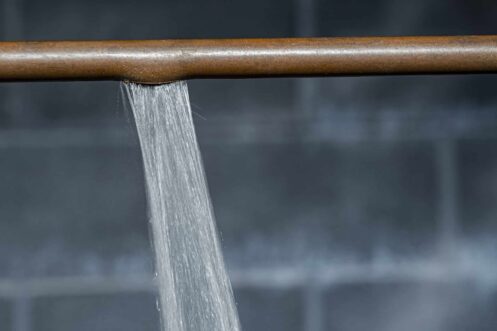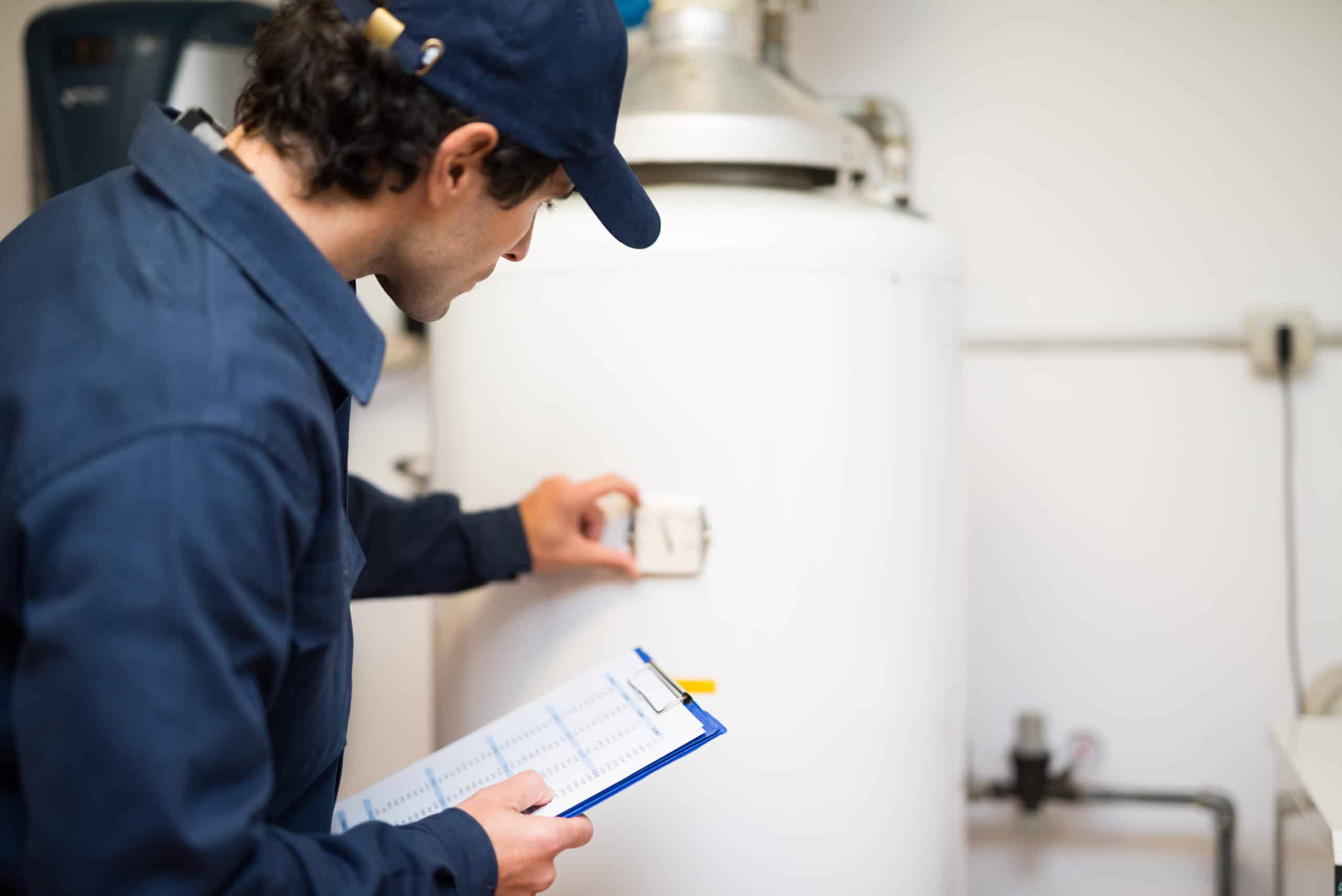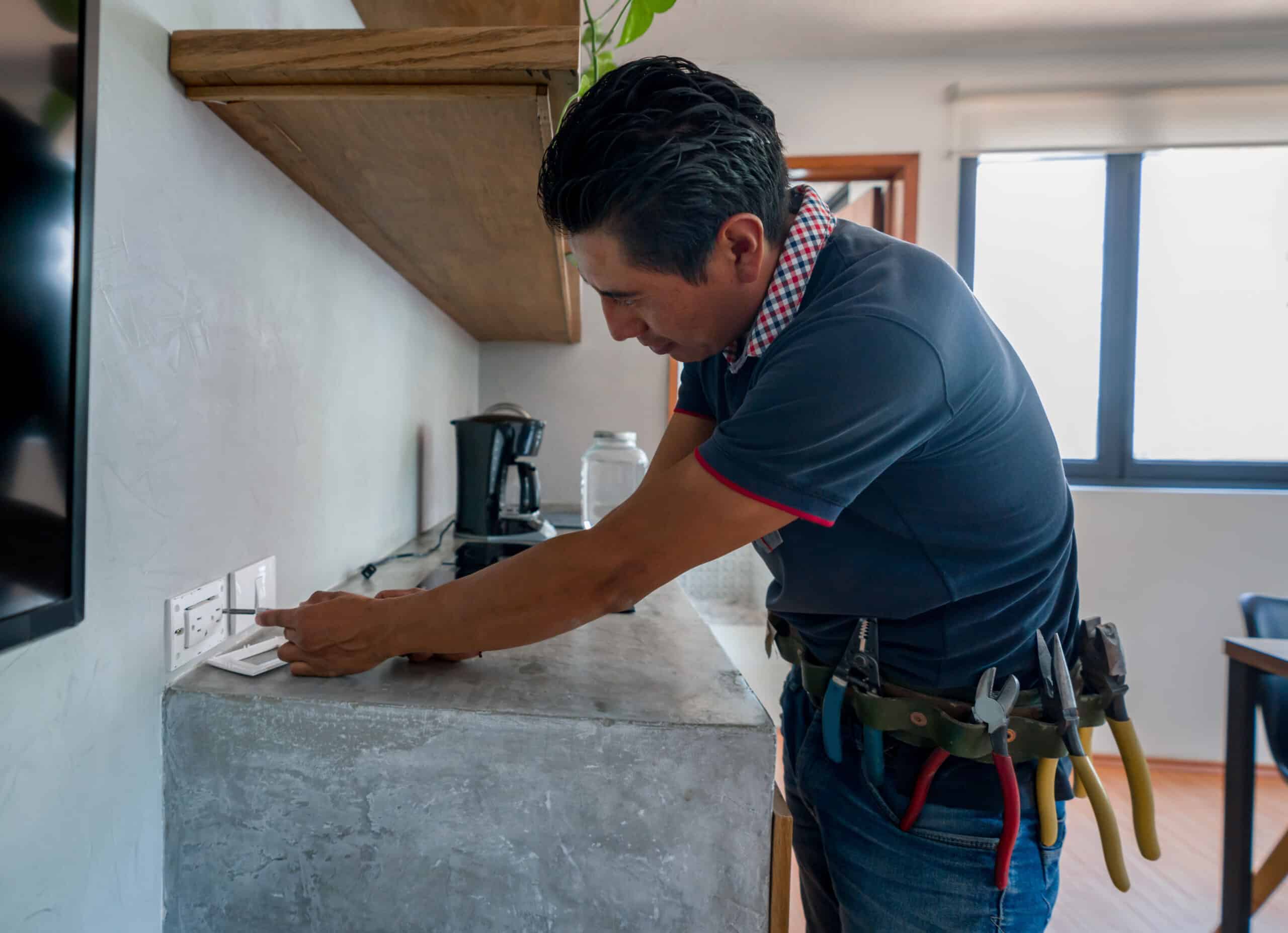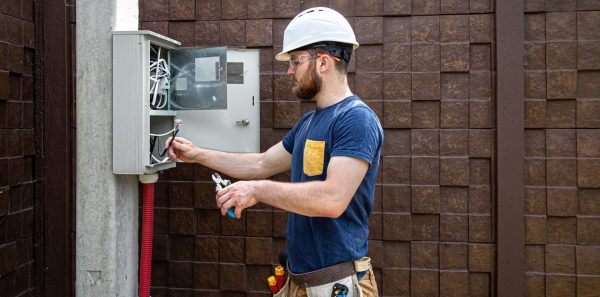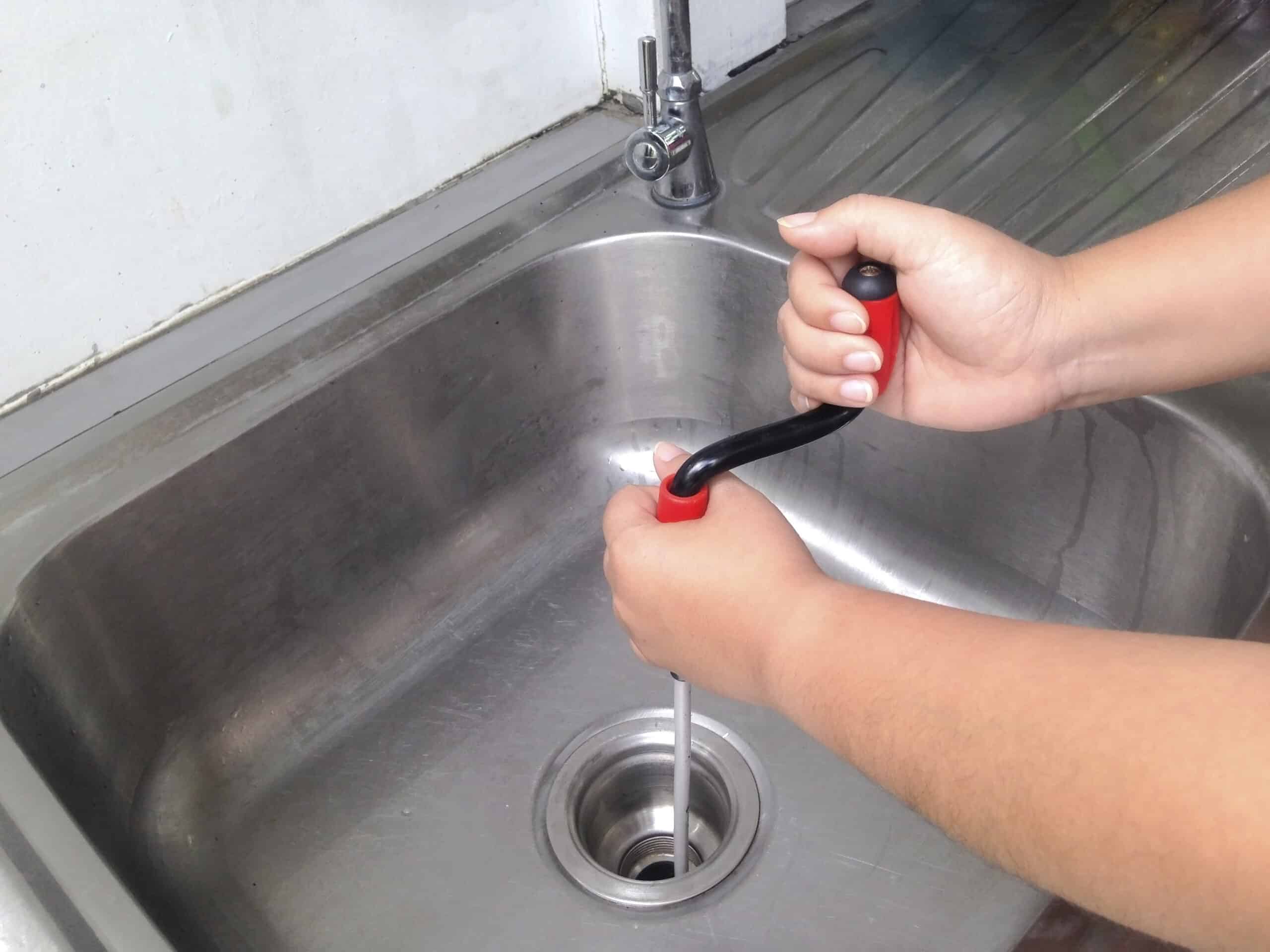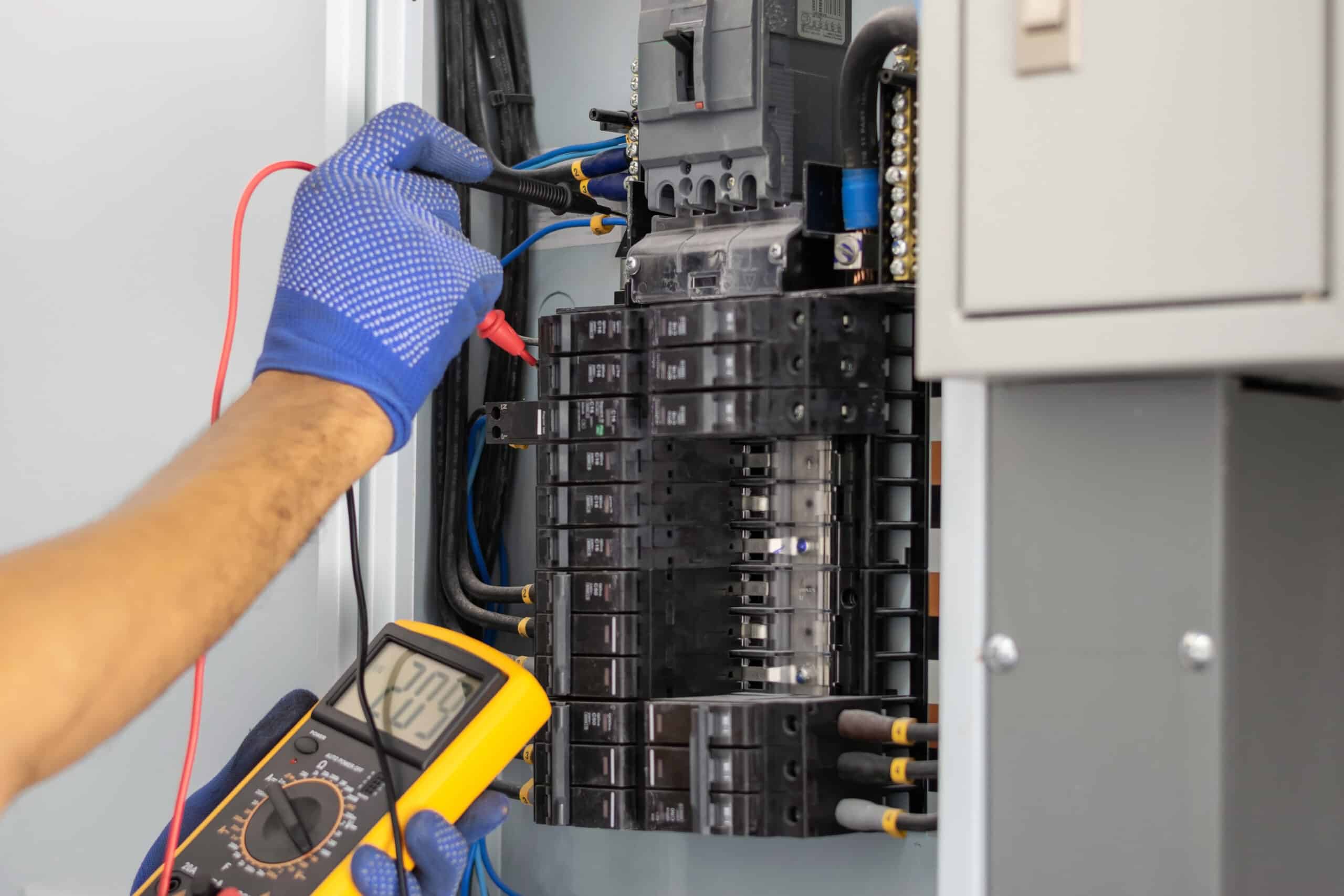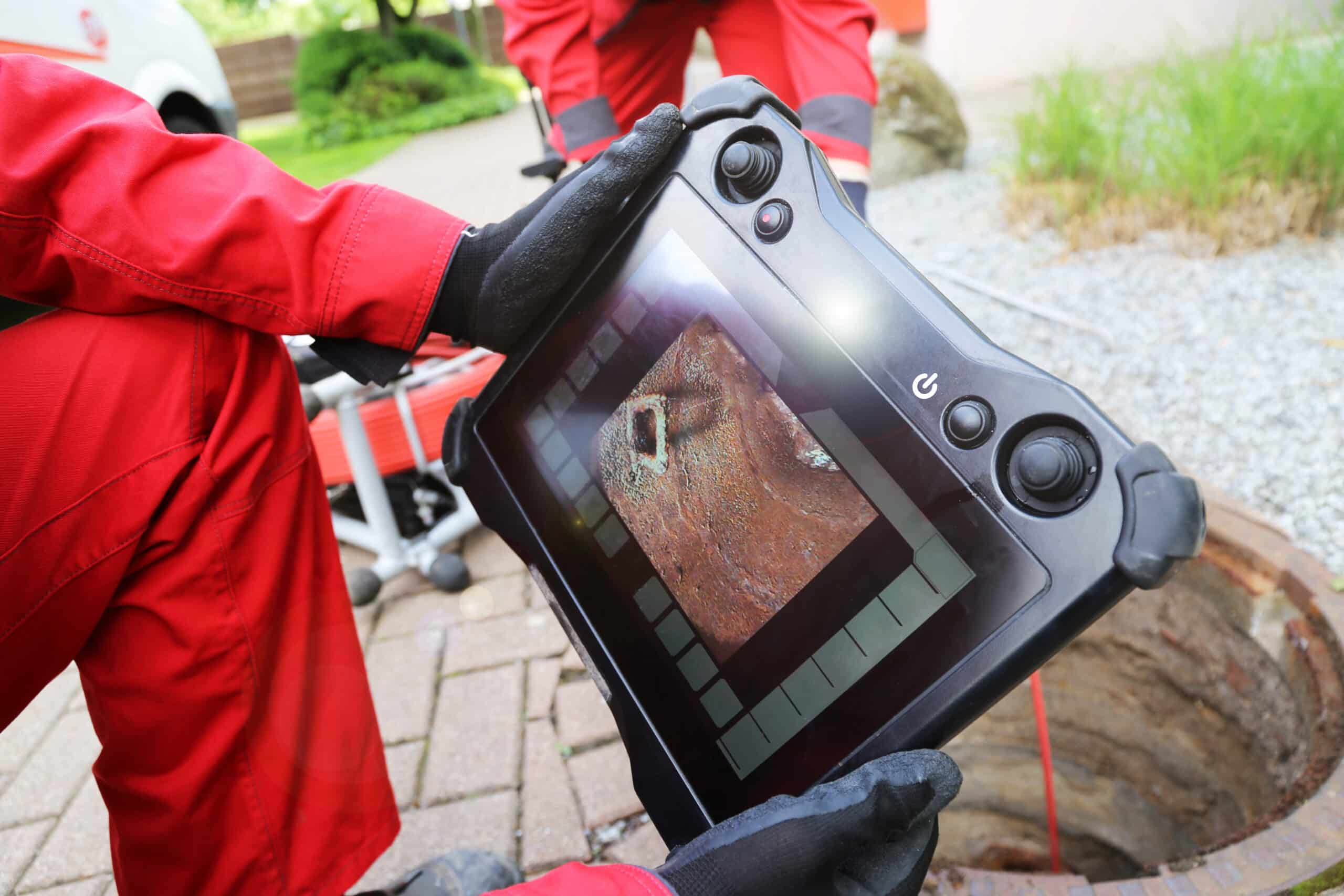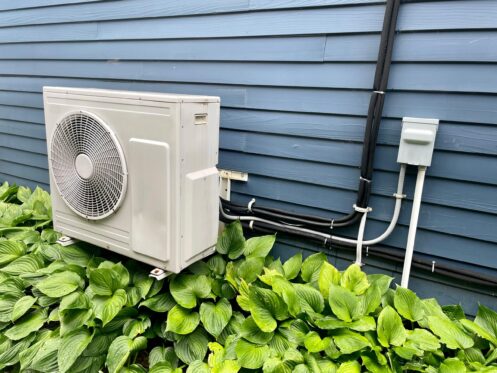As mechanical systems, furnaces are prone to issues that inhibit them from completing their job, including blowing cold air. Routine maintenance can help prevent many problems, but there are issues that may still occur, leading to ineffective heating. Consider these 10 common reasons your furnace may blow cold air.
1. Improper Fan Setting
One of the first things to check is the fan setting, with the options being On or Auto. If the switch is set to On, the fan will run regardless of whether the furnace is producing heat, making cool air come from your vents. While there are some times to use this setting, the most commonly used one is Auto, which runs the circulating fan only during an active heating cycle. Some modern thermostats may also have a third setting labeled as circ or circulate. This makes the fan run periodically to help improve circulation around your home, usually for a total of about 20 minutes each hour. Even with the Circ setting, it may feel like cold air coming from your vents if the furnace isn’t producing heat.
2. Inefficiently Burning Fuel
Natural gas doesn’t just burn; it can either burn efficiently and completely or not. When you look at your furnace flame, an efficient flame will burn blue, which is what produces the amount of heat needed to effectively heat your home. When the flame is yellow or orange, it’s not burning completely and efficiently. Aside from producing carbon monoxide and soot, this also means it isn’t producing as much heat. Consequently, the air you feel coming out of the supply vents may not be as warm as you’re expecting.
3. Neglected Air Filter
Air filters are critical to keep your system working well by removing airborne contaminants. When they get clogged, they prevent air from flowing through the system, restricting the amount of heated air that can come through your vents. The result is not only cooler air coming from your vents but what may feel like less air.
To prevent this, be sure to change your filter regularly. How often it needs changing depends on the filter’s size, construction, MERV rating, how you use your circulating fan and your home’s air quality. As a guide, 1- and 2-inch filters typically need changing about every 30 to 90 days. If you check your filter monthly, you should find when it needs changing before you notice any furnace performance issues.
4. Damaged Ductwork
Ducts conduct the heated air to the various supply vents throughout your home. When they’re properly installed, they should be free of leaks. However, over time, your ducts may develop leaks from normal vibration or damage from incidents that may happen around your home. When your ducts are leaking, they’ll allow the warm air to escape and cool air to enter your system. The overall result may be both cooler air coming from your vents and lower airflow.
To ensure your system isn’t leaking, have your ducts checked every two to three years. Expect to have your ducts professionally sealed about every 10 years.
5. Aged Thermostat
Like all other parts of your HVAC system, your thermostat will eventually wear out. Under normal circumstances, you can expect most digital and smart thermostats to last 10 to 15 years. Once your thermostat gets beyond this age, it may not register the temperature accurately. This may cause the system to cycle improperly, leaving cool air coming from the vents rather than warm air. A good way to ensure your thermostat is working properly is to have it replaced when you replace your air conditioner.
6. Dirty or Faulty Flame Sensor
Your furnace has several components with the explicit purpose of keeping the system running safely, which includes the flame sensor. This ensures that there’s a flame burning in the burn chamber so that the fuel doesn’t build dangerously. However, over time the flame sensor may become dirty and can wear out. If the flame sensor isn’t working properly, it can cause your furnace to short cycle, fail to start, and may even cause it to produce cool air.
Routine maintenance is important because a technician will clean the flame sensor. They’ll also test the sensor to ensure that it’s still working within optimal parameters.
7. Your Furnace Has Overheated
Because of the risks associated with your furnace overheating, the system handles it in a very specific manner. When the high limit switch registers temperatures that are too high, it’ll start by shutting down the burner to prevent further heat production.
Further, the best way to help recover from an overheating situation is to continue moving cool air through the system. So, if the system registers that it’s overheated, the circulating fan will continue running until it cools down. If your system has overheated and is cooling down, you may experience cooler air coming from your supply vents.
8. Faulty High Limit Switch
Another key safety device is the high limit switch, which monitors the heat around the heat exchanger. If the heat exchanger overheats, it weakens the metal and increases the risk of it cracking, which then allows exhaust gases like carbon monoxide to leak out. Over time, the high limit switch may wear out and register an overheated heat exchanger, causing the system to run the overheated protocol. Being the system did not overheat, it will make cooler air flow from your supply vents while the fan runs until the high limit switch registers a normal temperature again.
9. Faulty Control Panel
While the thermostat controls the signals to the furnace to cycle on and off, the control panel directs when parts of the cycle occur. Like any computer, things can get out of sync due to small problems or they may fail altogether. If you think there’s an issue with the control panel, you can attempt to reset it by turning the power to the furnace off, waiting a few minutes, and then turning it back on. This is one component a repair technician will examine while troubleshooting what’s causing cool air to come from your vents.
10. Furnace Is Just Starting
Your furnace will also naturally produce some cool air from the supply vents at the beginning of its heating cycle. The furnace starts with building heat before the circulating fan kicks on. Once it starts, it’ll push the cool air that’s in your vents out before you feel the warm air. How long this lasts depends on how far away the vent is from the furnace. Generally, it shouldn’t last very long if you don’t have issues with your circulating fan or your air filter.
Property owners around Wichita have turned to Eck Services for their home service needs for more than 15 years. Our award-winning team provides AC and
heating repair,
maintenance and installation together with a wide range of residential plumbing, electrical and indoor air quality solutions. Call to schedule a furnace repair or maintenance appointment with one of our expert technicians today.




